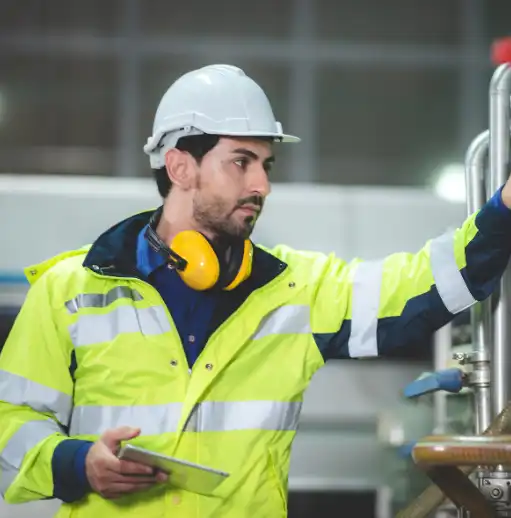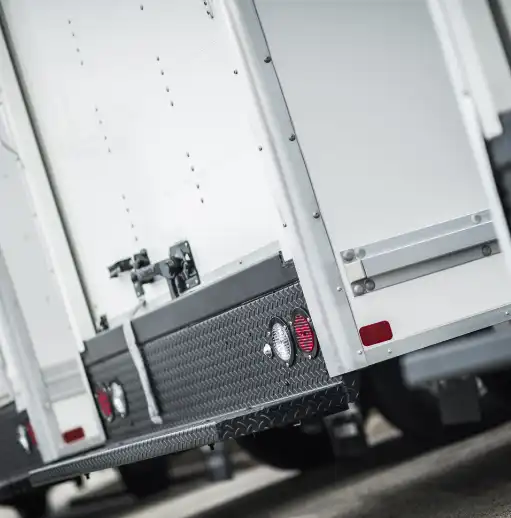In episode 320, host Mike Petrusky speaks with Lena Thompson, IFMA Fellow, FMP, SFP who serves on the IFMA Global Board of Directors, Kay Sargent, FASID, FIIDA, CID, LEED® AP, MCR/w, WELL AP, Senior Principal & Director of Thought Leadership, Interiors at HOK, Mayra Portalatin, SFP, LEED AP, Vice President of Facilities Services at NVE, Inc., and Geoff Snavely, LEED AP, Vice President & General Manager at milliCare by EBC Carpet Services. The group is preparing to present “Radical Change in FM: Lean In or Be Left Behind” at IFMA’s World Workplace 2024 in October. Here, they cover the big changes happening in facility management, real estate, and the workplace and share why leaders must embrace new ways to leverage tech, and “be comfortable being uncomfortable.” You can join them at their session in San Antonio by registering for the event here.
Agenda
- Important industry trends and challenges
- Past experiences in facility management
- New technologies impacting their organizations
- Upcoming session at IFMA’s World Workplace 2024
What you need to know: Workplace takeaways
Takeaway 1: Future of facility management and why it’s important
With the rapid advancement of technology, facility management is even more critical for the upkeep and evolution of the built environment. And there’s more than just new tech. Roles are also expanding.
Snavely highlights the transition from facility management to workplace experience management, asking, “What skills are required in that world, that domain, versus what a facilities manager was doing five years ago?” All agree that skills like listening, empathy, trust, and relationship-building are crucial in this transition.
Even as the industry evolves, one constant is that it deserves more recognition and respect from other sectors. “They need us, and we need them. But we must bridge the gap for respect and rapport for the profession,” explains Thompson.
Takeaway 2: The role of technology and data in facility management
Technology is transforming the industry, particularly artificial intelligence (AI), which along with other smart technologies can empower individuals to make more informed decisions about their work environment.
“What AI could bring is that sourcing of all this information… It can tell you, ‘Hey, if you go to this room on the third floor, it’ll be nice, cool, and quiet for you.’ That’s what AI can bring to us,” explains Portalatin.
But there’s still unrealized potential. “We’re collecting a lot of information right now, but we aren’t necessarily putting it in the hands of the users to empower them to do it,” says Sargent, but she believes the industry is getting better at leveraging all its data.
Takeaway 3: Challenge of change and transition in facility management
Facility management faces significant changes and challenges, including transitioning from old to new systems and managing aging infrastructure.
Part of the path forward is finding multiple solutions. Sargent explains: “We have to modernize that aging infrastructure. We have to think about adaptive reuse as well.”
Another part is understanding that not every solution can be perfect. Snavely says the pursuit of perfection shouldn’t hinder progress, and quotes Voltaire: “Don’t let perfect be the enemy of good enough.”
It’s a large project and needs to be a group effort, says Thompson. “If each one of us just commits to one other person to reach one and to teach, I think we’ll be in a much better place.”
Workplace management insights
- The facility management community is seeing significant change, especially in terms of adopting new technologies and upskilling.
- There’s a need to bridge the gap of respect and rapport between facility managers and other departments, which can be achieved through leadership and educating others about the importance of facility management.
- A shift from facility management to workplace experience management requires skills such as listening, empathy, trust, and relationship building.
- Aging infrastructure is a significant issue that needs multiple solutions, including modernization and adaptive reuse.
Do a deep dive into more workplace insights by exploring all Workplace Innovator podcast episodes









